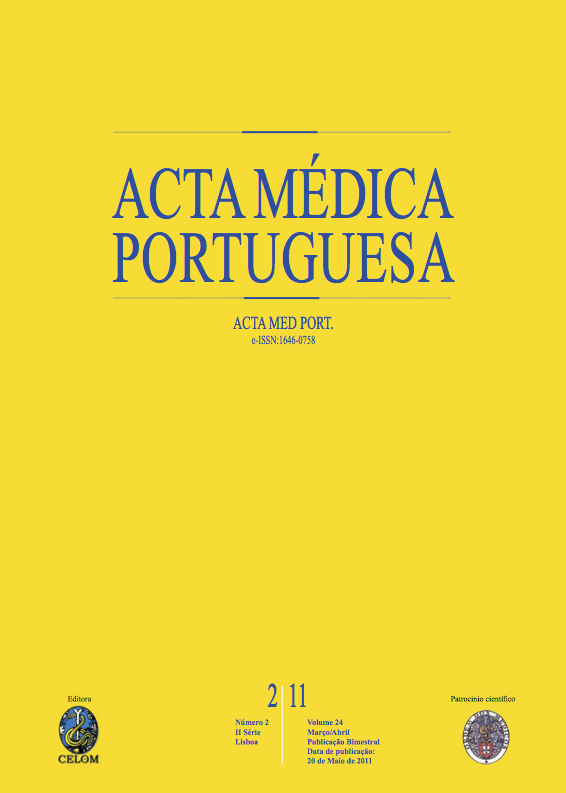Pelvic floor muscle training programmes: a systematic review.
DOI:
https://doi.org/10.20344/amp.1617Abstract
Stress urinary incontinence (SUI) is involuntary leakage from effort or exertion or from sneezing or coughing and it is usually related to increased urethral mobility and/or poor intrinsic sphincter function. Pelvic floor muscle training (PFMT) has principally been recommended in the management of SUI. The aims of PFMT are to improve pelvic organ support (bladder, bladder neck, and urethra) and increase intraurethral pressure during exertion. The PFMT programmes are prescribed to increase strength, endurance and coordination muscle.To determine the effects of pelvic floor muscle training in the management of female stress urinary incontinence. The following hypothesis was tested: What is the evidence for PFMT, either alone or in combination with adjunctive therapies? What is the evidence for different types of PFMT? What is the length of treatment and number of PFMT? MATERIAL E METHODS: Types of studies: randomised controlled trials and quasirandomised studies were included. Searches of MEDLINE, PUBMED, COCHRANE, PEDro e SCOPUS review articles published between 1999-2009. Types of participants: all women with stress urinary incontinence and diagnosed on the basis of symptoms, signs, or urodinamic evaluation. Other forms of controlled clinical trial were excluded, for example whose symptoms might be due to significant factors outside the urinary tract (neurological disorders, cognitive impairments, lack of independent mobility). TYPES OF INTERVENTIONS: PFMT was defined as a programme of repeated voluntary pelvic floor muscle contraction and with or without supervised by health care professional. All studies were eligible for inclusion if there was at least one arm with a PFMT protocol, alone or together with other adjunctive therapies (biofeedback, electrical stimulation or vaginal weights) compared with or without control group. TYPES OF OUTCOME MEASURES: The outcomes of interest were symptomatic cure and cure/improvement; symptom and condition specific quality of life assessment, quantification of leakage episodes; measures of pelvic floor muscle contraction.Nineteen studies met the inclusion criteria. The review found consistent evidence from of high quality randomised controlled trials, that PFMT alone and in combination with adjunctive therapies (biofeedback and electrical stimulation) was effective treatment for women with SUI with of «cure» and «cure/improvement» up to 70% and 97% respectively.Based on the few data available there is strong evidence for the efficacy of physical therapy for the treatment for SUI in women but further studies are needed to evaluate the optimal training protocol and length of treatment.Downloads
Downloads
How to Cite
Issue
Section
License
All the articles published in the AMP are open access and comply with the requirements of funding agencies or academic institutions. The AMP is governed by the terms of the Creative Commons ‘Attribution – Non-Commercial Use - (CC-BY-NC)’ license, regarding the use by third parties.
It is the author’s responsibility to obtain approval for the reproduction of figures, tables, etc. from other publications.
Upon acceptance of an article for publication, the authors will be asked to complete the ICMJE “Copyright Liability and Copyright Sharing Statement “(http://www.actamedicaportuguesa.com/info/AMP-NormasPublicacao.pdf) and the “Declaration of Potential Conflicts of Interest” (http:// www.icmje.org/conflicts-of-interest). An e-mail will be sent to the corresponding author to acknowledge receipt of the manuscript.
After publication, the authors are authorised to make their articles available in repositories of their institutions of origin, as long as they always mention where they were published and according to the Creative Commons license.









